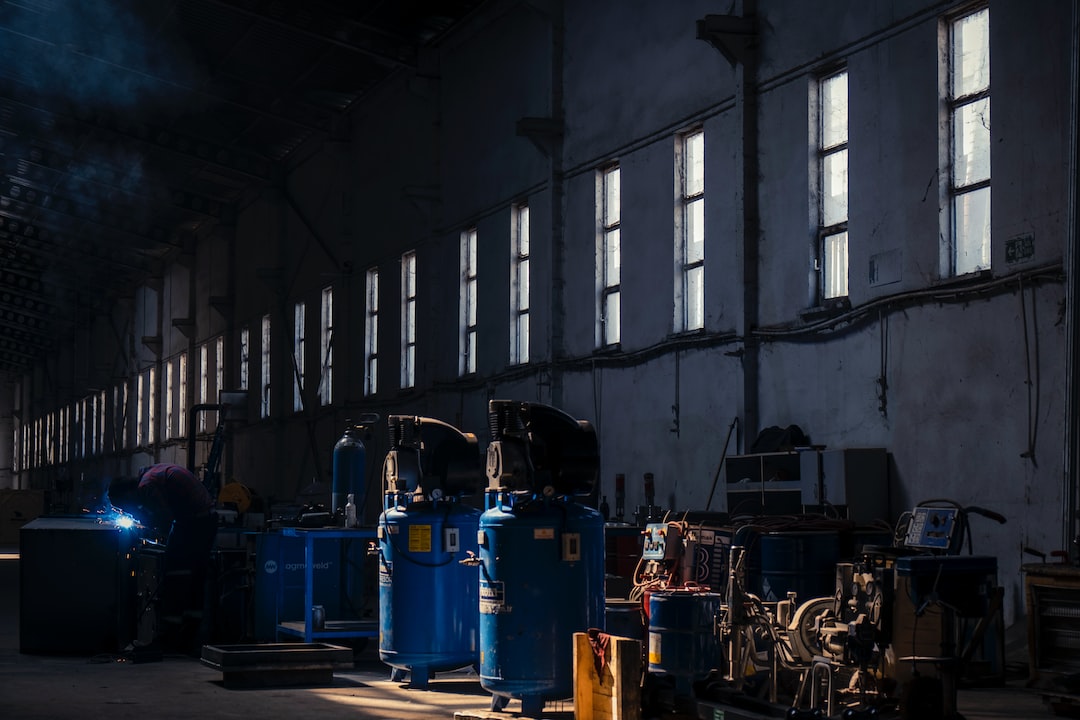How Augmented Reality is Revolutionizing Manufacturing Processes
From the first introduction of machines in the manufacturing industry during the Industrial Revolution to the latest advancements in robotics and automation, technology has always played a pivotal role in shaping the manufacturing processes. The latest addition to this technological revolution is Augmented Reality (AR).
Augmented Reality refers to the integration of digital information into the real-world environment, enhancing the user’s perception and interaction with the physical world. It is achieved through the use of various sensory modalities, such as visual, auditory, haptic, and olfactory, to overlay computer-generated information onto the real world in real-time. This technology has proven to have a profound impact on various industries, and manufacturing is no exception.
One of the most significant ways AR is revolutionizing manufacturing processes is by improving productivity and efficiency. In traditional manufacturing processes, workers often have to consult multiple sources of information, such as manuals, blueprints, or training materials, to complete their tasks. This can be time-consuming and prone to errors. However, with AR, workers can have instant access to all the information they need, right in front of their eyes. They can visualize step-by-step instructions, 3D models, or even receive real-time guidance, reducing the chances of mistakes and minimizing downtime.
AR also plays a crucial role in training and skill development within the manufacturing industry. Complex manufacturing processes often require specialized skills and expertise. However, traditional training methods can be expensive and time-consuming. AR offers a cost-effective and efficient solution by providing interactive and immersive training experiences. Workers can simulate various scenarios and practice their skills in a risk-free environment. They can receive immediate feedback and guidance, allowing them to master complex tasks more efficiently. This not only reduces training costs but also accelerates the onboarding process of new employees.
Quality control is another area where AR is transforming manufacturing processes. In the past, inspecting products for defects or inconsistencies was a time-consuming and labor-intensive task. With AR, workers can use digital overlays to identify and highlight potential issues in real-time. They can compare virtual models with physical objects, ensuring accuracy and precision. This not only speeds up the inspection process but also minimizes the chances of faulty products reaching the market.
Furthermore, AR is revolutionizing the design and prototyping stages of manufacturing. Traditionally, designers and engineers relied on physical prototypes to visualize and test their ideas. However, creating physical prototypes can be expensive and time-consuming. AR allows designers to create virtual prototypes that can be visualized and manipulated in real-time. They can evaluate different design options, test functionalities, and make necessary modifications without the need for physical prototypes. This not only reduces costs but also accelerates the product development process, giving manufacturers a competitive edge.
AR also contributes to improved collaboration and communication within the manufacturing industry. In a complex manufacturing environment, different teams, such as design, engineering, and production, need to work together seamlessly. With AR, team members can share and collaborate on virtual models or designs in real-time, regardless of their physical location. This leads to better coordination, reduced errors, and faster decision-making. Whether it is remotely assisting technicians or conducting virtual meetings, AR enhances communication and collaboration among different stakeholders, ultimately improving overall performance.
In conclusion, Augmented Reality is revolutionizing manufacturing processes in multiple ways. It improves productivity and efficiency by providing workers with instant access to information and guidance. It enhances training and skill development by offering immersive and interactive learning experiences. It streamlines quality control by enabling real-time inspections and minimizing the chances of faulty products. It accelerates the design and prototyping stages by eliminating the need for physical prototypes. And lastly, it enhances collaboration and communication within the manufacturing industry. With all these benefits, it is no wonder that Augmented Reality is transforming the manufacturing industry, making it more efficient, cost-effective, and competitive in the global market.
